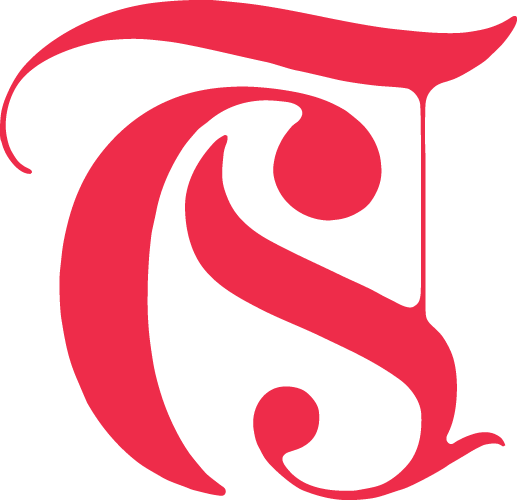Rachel Seiden found her way to The Chelsea Symphony as most of our members do, through friends and also, in this case, through one of the orchestra's founders, Yaniv Segal. She has also found a way to make a life in music in NYC as many musicians do - by figuring out a way to work it out.
You should know that Rachel is performing the Strauss Oboe Concerto with TCS on Friday. You might want to know that through her studies in oboe performance at Ithaca College and a masters at Stony Brook University, she also pursued arts administration and worked in arts management and marketing. You'll definitely want to know that Rachel currently works in advertising in midtown Manhattan and performs daily for her coworkers - at least in the respect that she has been allowed to practice during off hours in an open plan office.
From the corporate side of things, it's not unusual in New York City for a colleague in a traditional office environment to have what has been referred to as an "other agenda." Arguably anyone with a significant interest outside of their career is "other agenda," whether it's family, volunteerism, or a hobby pursued with a seriousness that belies the connotation of the word - running, cooking, etc. None of this is particularly unusual - but it's less common for people with other agendas with an artistic bent to be as forthcoming about it as those that are found around the proverbial water cooler. Stories of the lawyer/choral conductor, HR professional/poet, paralegal/painter abound - you may just not have heard about them. There can be a level of downplaying by such dual-purpose people due to the risk of being seen as not serious enough by both sides.
The recent Wells Fargo ad campaign stumble illuminates a systemic belief in our commercially driven society that the arts are somehow not worthy, to be laid down in adulthood. In a loose convergence of things, we now point the conversation back to Rachel, who is serious about advertising and the oboe, where the rising tide of her development in one lifts the other.
Rachel grew up in a military family - born in Scotland, she's lived predominately in Northern Virginia since. In the DC area, she participated in the National Symphony Orchestra’s Young Associates’ Program and was exposed to music of the highest caliber, including the United States military bands. During her second year at Stony Brook, Rachel moved to NYC to live with fellow oboist Emily DiAngelo. Along with being fellow oboists, both are TCS members, lovely humans, and performing solo oboe pieces inspired or commissioned by former Philadelphia Orchestra principal John de Lancie with TCS this year (Emily performs the Françaix L’horloge de Flore in October).
The Strauss Oboe Concerto may be the most famous oboe piece in the history of the instrument. The tale of its inception borders on the cinematic. Towards the end of World War II in April 1945, American troops were stationed in the Bavarian city of Garmisch, near the Austrian border. As the stories go, when an Army unit approached the house in which Strauss was living with his family, Strauss came out and identified himself, “I am Richard Strauss, the composer of ‘Rosenkavalier’ and 'Salome.'” Lieutenant Milton Weiss recognized him and ordered an “Off Limits” sign to be placed outside the home, protecting him from requisitioning and granting some peace from the conflict outside.
One of the soldiers in the corps was a twenty-four year old intelligence officer named John de Lancie. When he learned that Strauss was near, he began visiting the musical legend; as de Lancie was previously the principal oboe in the Pittsburgh Symphony as a civilian, he was very familiar with his work. He asked if Strauss had ever considered writing an oboe concerto, to which Strauss answered, “no.” By September, the war was over. In October, however, an oboe concerto was completed, among the last pieces written by the great composer before his death in 1949. The concerto was premiered by Marcel Saillet in Zurich but Strauss granted the privilege of the U.S. premiere to de Lancie. Although de Lancie was unable to fulfill this honor due to other circumstances, he is indelibly tied to its legacy. The autograph of the score bears the inscription "Oboe Concerto - 1945 - suggested by an American soldier.”
Come hear Rachel Seiden perform this lyrical, lush, and historic piece with The Chelsea Symphony on Friday, September 9, at 8:30p!
----------
Sources:
Wakin, Daniel J. (2009, December 3). How Strauss Came to Write His Oboe Concerto. The New York Times. Retrieved from http://www.nytimes.com
Weinberg, Rob. Richard Strauss - Oboe Concerto: How a US intelligence officer inspired a masterpiece. Classic FM. Retrieved from http://classicfm.com

